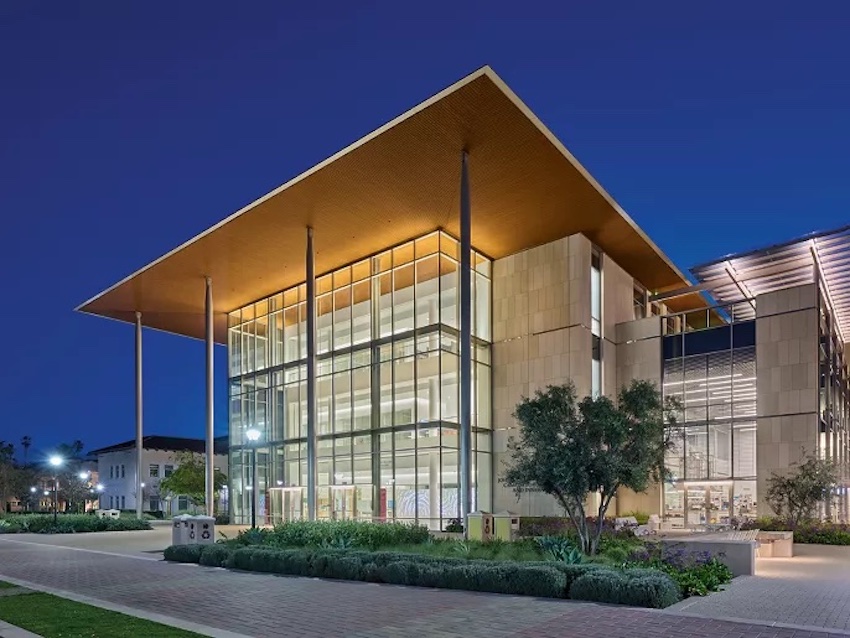Heat Crisis in the Built Environment
Finding building solutions to combat heat crisis effects on aging infrastructure
Sponsored by Armstrong World Industries | Presented by Steve Ruby, and Mick Dunn
Webinar On-Demand
This webinar is part of the Indoor Environmental Quality: Healthy Design Academy
Over the last decade, we’ve faced many severe weather events, including extreme heat. Hear from industry professionals about the current crisis we face dealing with indoor heat waves, wildfires, and other climate circumstances as they relate to the built environment and aging infrastructure. Whether it’s schools, hospitals, office buildings, or multifamily residential, building occupants’ well-being and productivity can suffer under these extreme climate conditions. Learn from industry experts about building materials and forward-thinking solutions that create resiliency in interior spaces. In addition, we’ll consider how energy efficiency and savings play a role in the future of operating these resilient buildings.

Photo courtesy of Armstrong World Industries
SCU Sobrato Hall
 |
Steve Ruby, is the Chief Innovation Officer at McKinstry, focused on bringing new partnerships and new value to building owners. For over 25 years, Steve has focused on energy, efficiency, decarbonization, and renewables in the built environment. His experience includes HVAC and energy solutions for healthcare, university, K12, municipal, and industrial owners who generally have 80+ years of ownership - and ever-increasing performance - expectations of their buildings. McKinstry focuses on applying its 63 years of built environment industry experience to address our nation's Climate Crisis, Affordability Crisis, and Equity Crisis through innovative but durable solutions for building owners. |
 |
Mick Dunn, speaking on behalf of Armstrong World Industries, is passionate about developing and deploying products and solutions incorporating phase change materials in the construction and adjacent industries. Mick has 20 years of Construction Management experience, which includes Founder/Owner of Maine-based Shift Energy, LLC - specializing in large-scale commercial solar heating systems. In 2015, Mick co-founded Insolcorp, LLC, and continues to focus on the need and interest for dynamic ways to store thermal heat and improve the built environment. |
Armstrong World Industries is a leader in the design and manufacture of innovative commercial ceiling and wall systems. At home, at work, in health-care facilities, classrooms, stores, and restaurants, Armstrong Ceiling & Wall Solutions offer interior options that help
create healthy, sustainable spaces that protect people and cultivate well-being and comfort so they can be at their best.
Armstrong is committed to developing new and sustainable ceiling solutions, with design and performance possibilities that empower its customers to create beautiful, high-performance residential and commercial buildings. Armstrong continues to grow and prosper for the benefit of all its stakeholders.
armstrongceilings.com/commercial
Originally published in Architectural Record
Originally published in October 2023
LEARNING OBJECTIVES
- Define the extreme heat waves and how it affects human well-being and productivity.
- Identify the current landscape of aging infrastructure in the United States and how the built environment is affected by the indoor heat waves.
- Discuss how renovating HVAC and utilizing new building materials can improve building occupant productivity.
- Explore case studies with industry experts that address building resiliency.
- Examine case studies with energy savings expert that show building optimization and efficiency.












